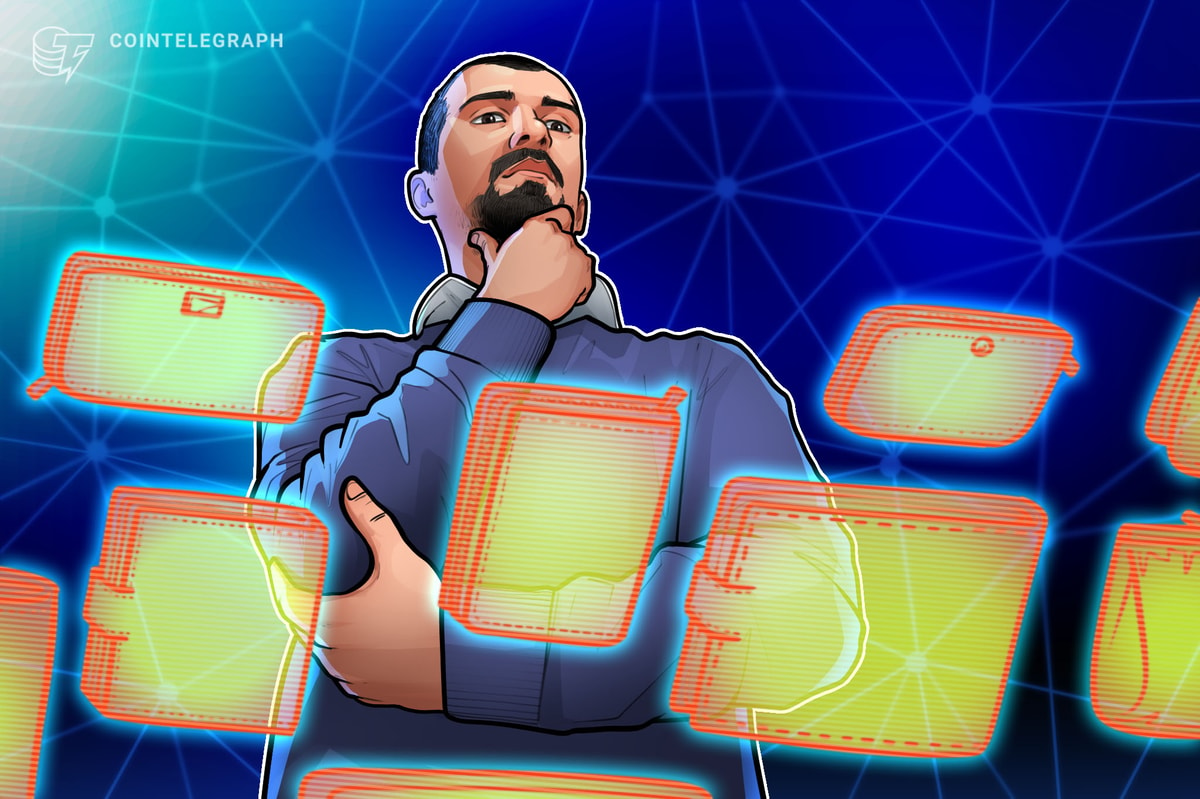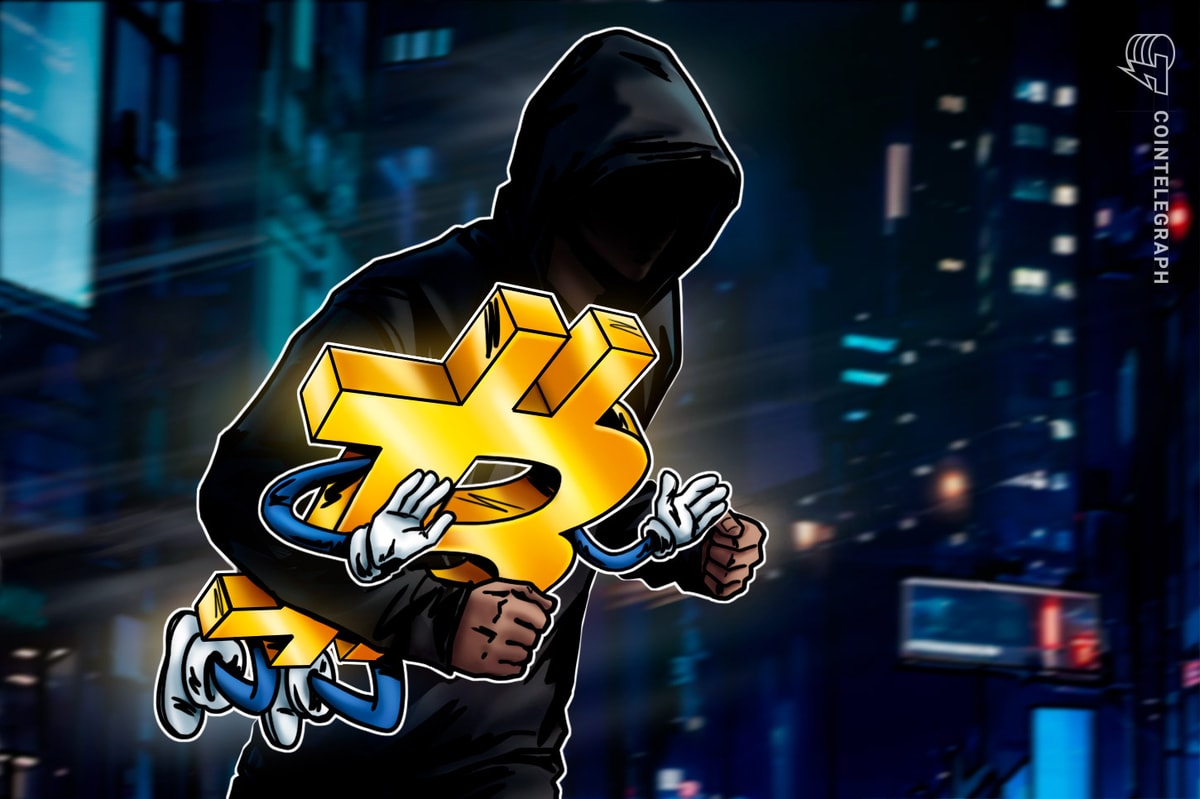Bitcoin and Ethereum users who need to move their funds around can take advantage of low fees in both ecosystems.
The average Bitcoin (BTC) transaction fee hit an eight-month low of $1.93 on June 23. Average Ethereum fees were $0.70 on June 22, comparing favorably to highs of $2.50 as recently as March.
Vitali Dervoed, CEO and co-founder of the onchain decentralized exchange Spark, told Cointelegraph:
“The drop in Bitcoin transaction fees is largely tied to reduced network congestion and an adjustment in mining activities following the latest halving event.”
Dervoed, who has a decade of experience working for various financial institutions, including banks, fintech ventures and DeFi, told us that this drop was not particularly surprising.
“[The] halving often leads to a temporary decrease in mining activity as miners adjust to lower profitability. This reduction in activity can decrease the competition for block space, thereby lowering fees,” he said
Justin d’Anethan, head of business development APAC at crypto market maker Keyrock, said additional factors also contributed to the decrease in fees.
“The past few months have seen massive transaction spikes in the wake of Ordinals and Runes inscriptions, but the hype seems to have, if not died down, slowed down,” d’Anethan told Cointelegraph.
Speaking to Cointelegraph, Carlos Mercado, data scientist at blockchain data firm Flipside Crypto, also pointed to Ordinals as a contributing factor.
“After the halving, there were some short-term spikes in onchain BTC activity and fees. But generally, the Ordinals and BTC inscriptions narratives come and go,” he said.

Potentially bad news for Bitcoin miners
Although the drop in fees might be good news for users, the picture is less rosy for miners.
Mercado points out that “BTC fees [were] making up for lost block rewards,” at least until recently.
He added: “Long term, for Bitcoin to remain secure, miners performing proof-of-work must be able to recoup their real-world electrical/compute costs. With halvings reducing their revenue in half overnight, the only ways to make up for the loss is higher prices or more revenue from [transaction] fees.”
Recent: Julian Assange Bitcoin donation shows how crypto can support transparency
D’Anethan made similar points in his own analysis. Observing whether fees were up or down made little direct impact on Keyrock, but even so, others may feel the pinch.
“From our perspective, this [low fees] is neither positive nor negative,” he said. “Bitcoin endures as is [...] Miners must be feeling the pain, though, as the blow the halving must have dealt them was, for a while, softened by the higher transaction count.”
According to d’Anethan, the results were already being felt.
“We’re indeed seeing some miners selling BTC, probably to compensate for lower gains and a need to cover expenses,” he said.
As for Ethereum fees
While low transaction fees for Bitcoin are linked to the halving event and a decrease in demand for Ordinals, Ethereum’s low fees are linked to the Dencun update in March.
“Ethereum has always been plagued by the perverse but obvious dynamic that if more people want to use the network, it also becomes more expensive and so makes less people want to use it, which in turn would make it cheaper,” d’Anethan added.
D’Anethan points out that much of the traffic shouldered by Ethereum has now moved to Arbitrum, Optimism and Base, as Ethereum intended.
“The Dencun upgrade which aimed at solving that by making layer-2 activity much much cheaper [...] this has pushed both builders and users away,” said d’Anethan.
“This is ultimately positive, as it makes onchain activity cheaper and more accessible. Although, of course, the multitude of chains on top of Ethereum also presents challenges, risks and costs.”
Dervoed agrees that the move to layer-2 solutions is driving fees down.
“Ethereum’s fee decline is primarily a result of the increasing adoption of L2 solutions, such as Optimistic and zero-knowledge rollups. With most complex operations and derivative trading moving to these L2 platforms, Ethereum’s main chain is becoming more streamlined for basic transactions, resulting in lower fees,” said Dervoed.
Are low transaction fees good news?
Whether low fees are good or bad tends to be a matter of perspective.
“Lower fees can be seen as bullish signals for the ecosystems. The shift toward efficient L2 solutions marks significant progress in Ethereum’s roadmap toward scalability and advanced technology. This positions it as a more adaptable framework for future applications,” said Dervoed.
There are varying interpretations of the sustainability of this low-fee environment.
Dervoed added: “The ecosystem may see periodic fluctuations due to changes in mining economics and network activity. However, for Ethereum, the low fees are likely to persist as the adoption and development of layer-2 solutions continue to grow, enhancing the network’s capacity and efficiency without sacrificing security.”
“Without a clear catalyst for either ecosystem, Bitcoin or Ethereum, it’s hard to imagine the transaction count and ensuing fees going up in any significant fashion,” said d’Anethan, who then added, “Crypto remains a very volatile and fast-paced sector, where new memes, new products, new hypes can take on in a flash.”
The contrarian view
While Dervoed and d’Anethan were mostly bullish about low fees, Mercado took a more bearish interpretation.
“The same trend on both Bitcoin and Ethereum (L1 fees are dropping) have arguably similar bearish interpretation,” said Mercado.
“BTC is issuing $27 million per day worth of BTC to miners, with only about 5% of that matched with direct [transaction] fees,” he told us.
Recent: WhatsApp and Signal survive EU chat control bill — For now
Taking a very long-term view, he added, “The concern here is that halvings will continue to occur until eventually [transaction] fees or prices must rise or else miners would be forced to scale back proof-of-work when their fiat-denominated electricity costs exceed their revenue.”
On Ethereum, Mercado said, “Ethereum is issuing $8 million a day in staking rewards, with about 20% of that matched with EIP-1559 burns and blob burns. The burn occasionally exceeds issuance, but not recently, as so much activity has compressed on L2s.”
For Mercado, this means that issuance may regularly outstrip burns, resulting “in inflation of ETH long-term,” which, in turn, “could result in less security if consensus becomes more centralized over time,” thanks to Ethereum’s proof-of-stake consensus mechanism.








